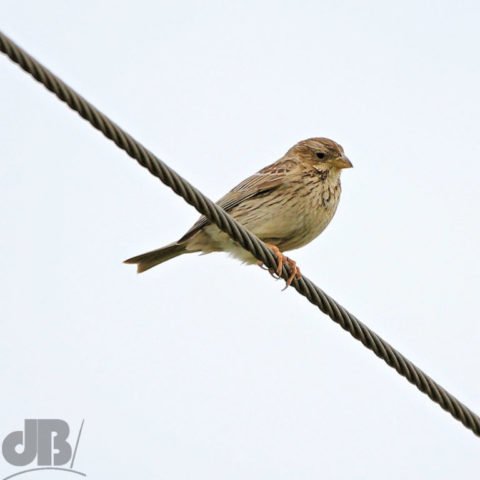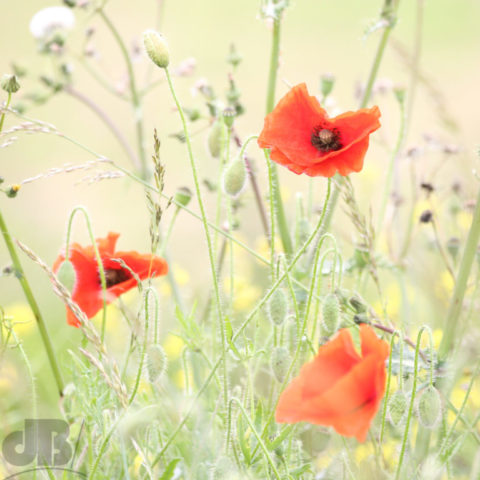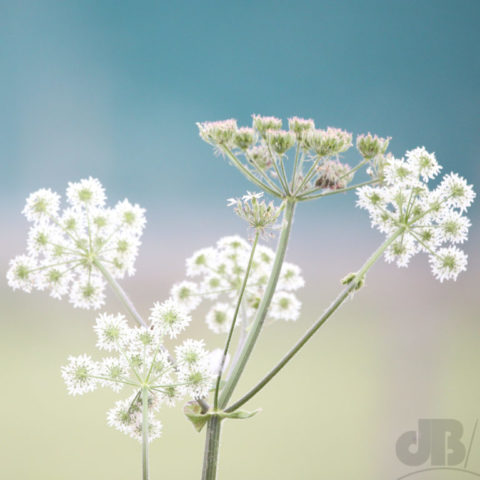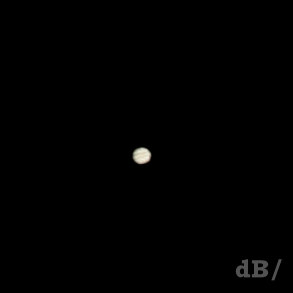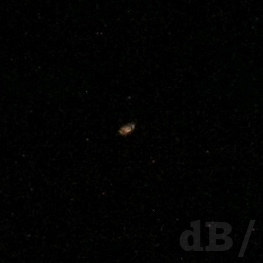There are lots of birds in the Isles of Scilly, although unfortunately, we were at the tail-end of the Puffin season. The islands had had good weather and Easterly winds for a while, which meant less marine bird activity and lower numbers. We saw Manx Shearwaters by the handful as opposed to flocks of 1500-2000 on pelagic trips the week before. Lots of Gannet meant dolphins: Bottlenosed and Common Dolphins on a couple of trips, and lots of seals on another. Oh, and a lone Red Squirrel, just to give the mammals a mention. We also saw six Blue Sharks being caught on our pelagic trip, measured, and scientifically tagged to be returned to the sea a little shaken but otherwise unharmed.

But, on the plus side, it meant no rain, blue skies and warm, sunny days. It was like being in The Caribbean.

We also added a few new species to the bird gallery on this trip: Manx Shearwater, Greenshank, Rock Pipit, Carrion Crow. Various juveniles: Dunnock, Linnet, Lapwing, Barn Swallow, and others. And, of course quite a few we had seen and photographed before, but in new locations: Puffin, Guillemot, Fulmar, Razorbill, Gannet, Great Black-backed Gull, Herring Gull, Lesser Black-backed Gull, Shelduck, Oystercatcher, Swallows, Wren, Reed Warbler, Stone Chat, Meadow Pipit, Peregrine. There were more House Sparrow here than anywhere we have ever visited but only the occasional Chaffinch, Greenfinch, Blue Tit, Great Tit, Song Thrush, Blackbird, Collared Dove, and other fairly common town and country birds.

Interestingly, someone told us on our island-hopping travels that Robins are rarely seen on the IoS, we saw at least four. Black-headed Gulls only rarely made an appearance. Birds we did NOT see at all that we normally see everywhere else in the UK: Buzzard, Kestrel, Jackdaw, Rook, Wood Pigeon, etc.
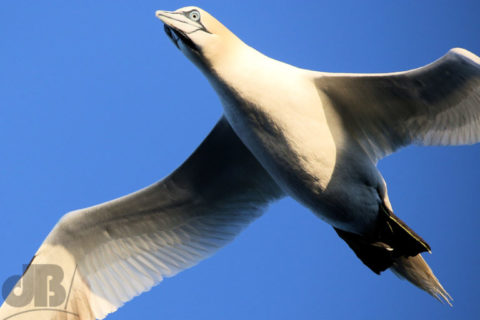
Our full IoS gallery of Birds, Boats, Mammals, and More is on Flickr and includes photos from Mr & Mrs Sciencebase. There’s also a bird-specific gallery on my Facebook, which should be visible to all visitors.
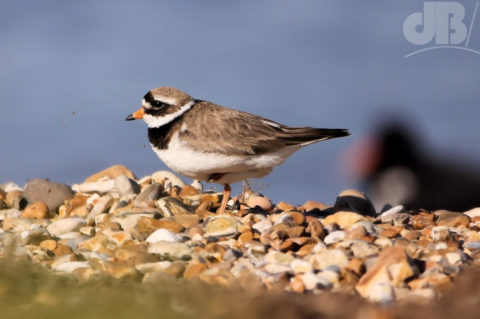 Sedge Warbler “singing”
Sedge Warbler “singing”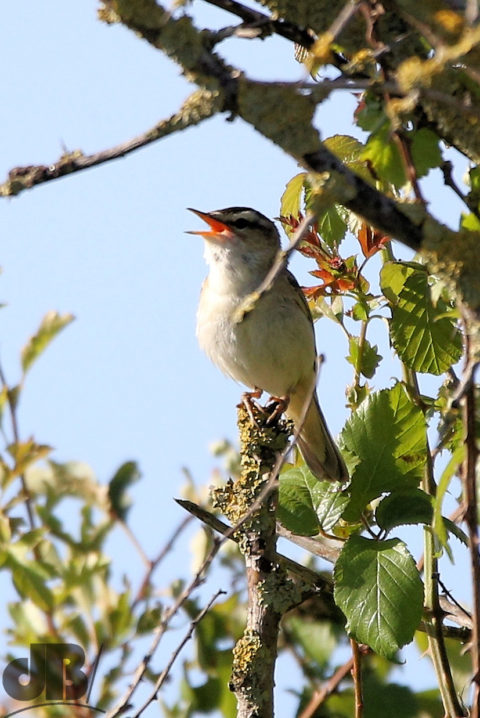 Juvenile Coot stepping out
Juvenile Coot stepping out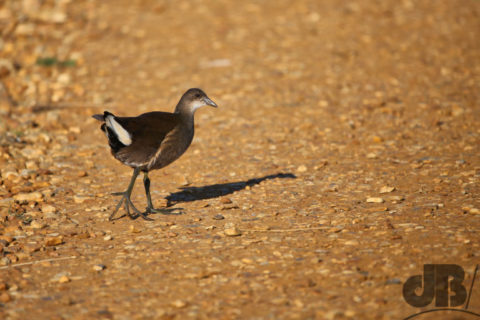
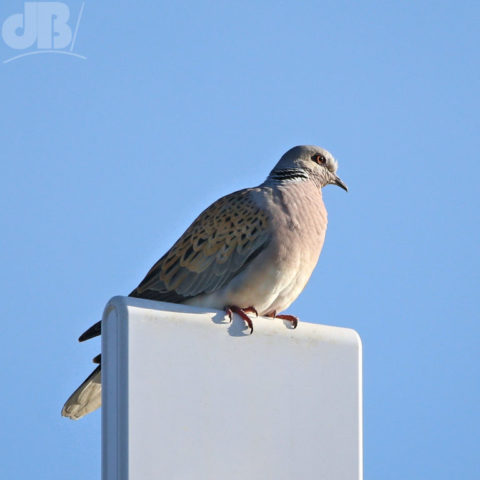 Mallard making a run for it
Mallard making a run for it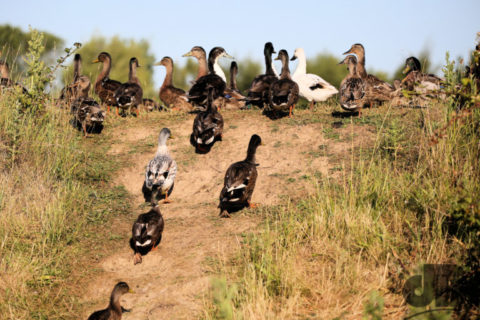
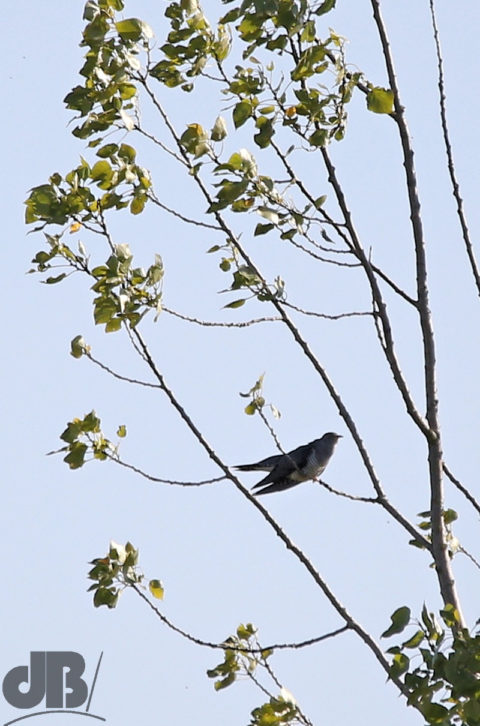
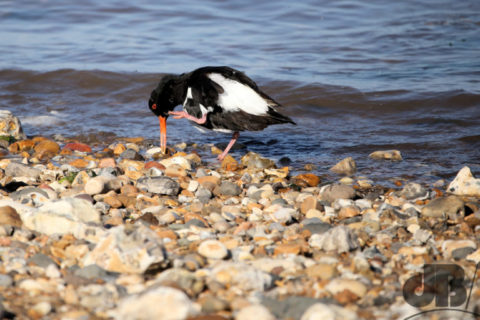
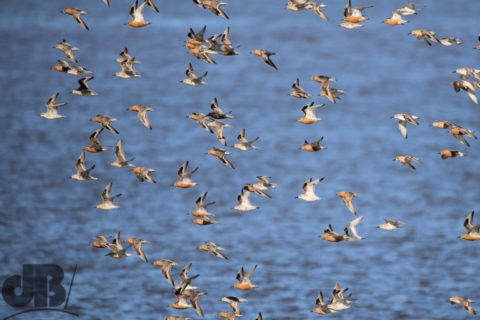
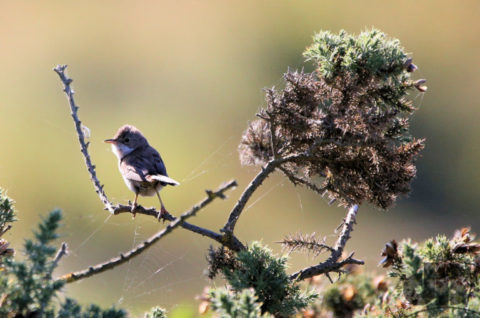
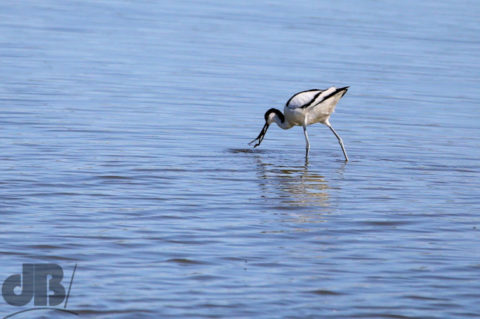
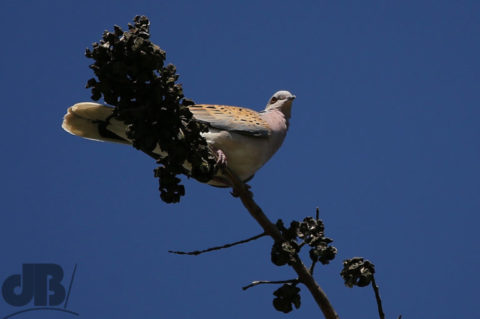

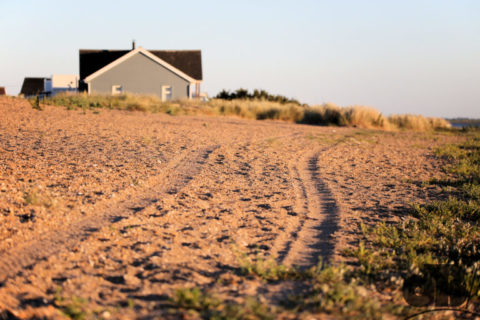
 Breaker, breaker, do ya copy?
Breaker, breaker, do ya copy?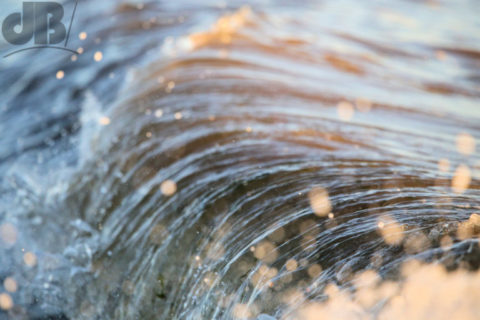
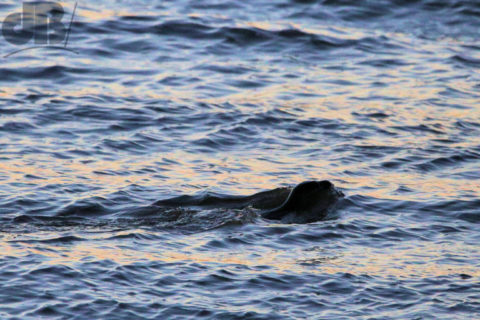 Groyne injury
Groyne injury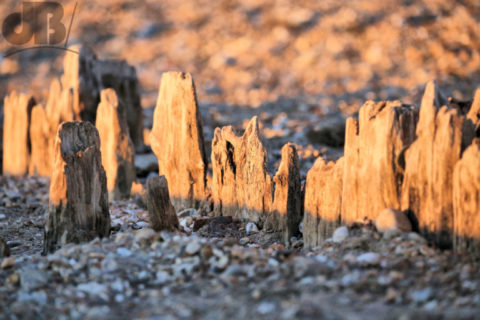
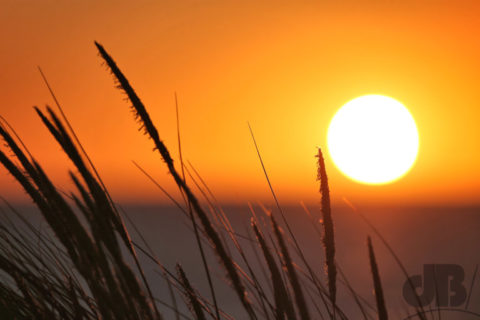
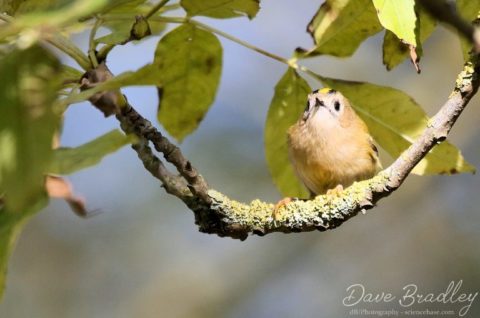
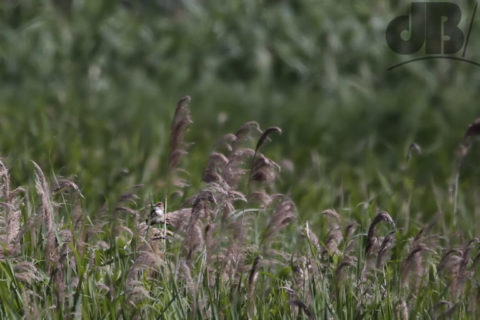
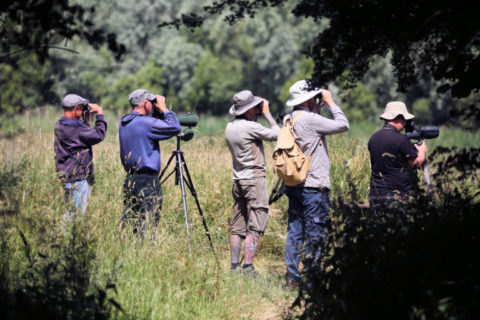
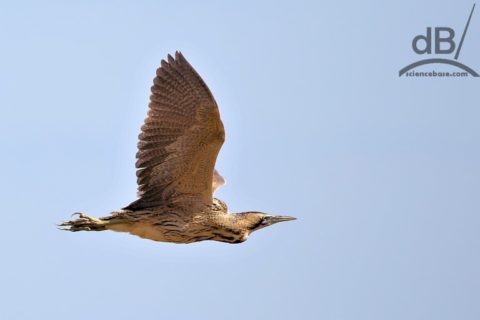
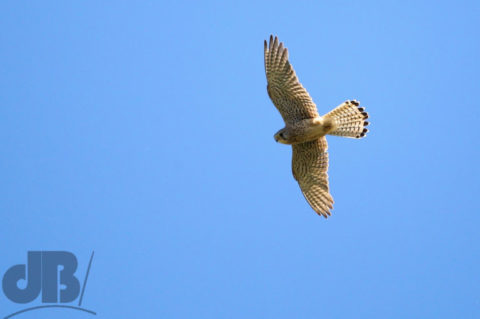
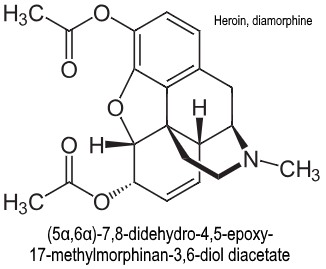
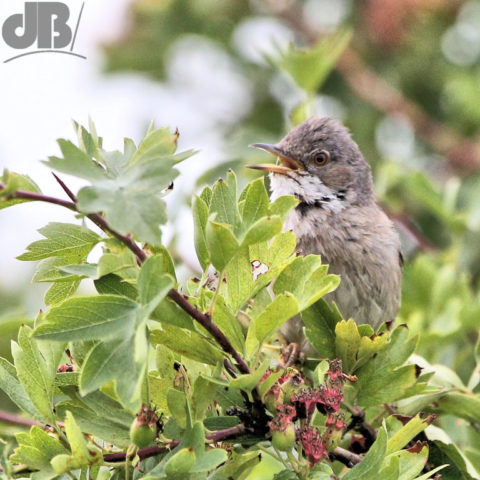

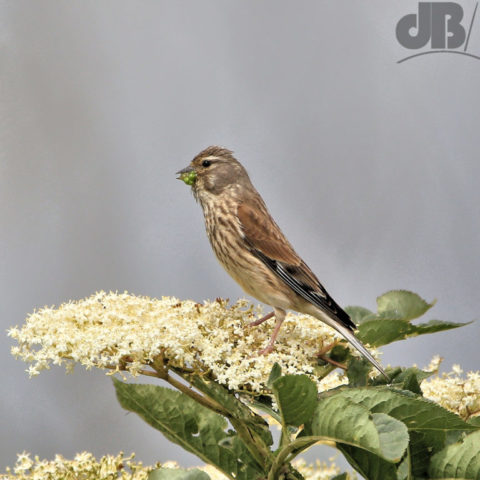 As well as the Reed Bunts, Linnets, and Whitethroats, mentioned earlier, there are also lots of Yellowhammer (Emberiza citrinella) and Corn Bunting (E. calandra) around the Cottenham Fen Edge at the moment.
As well as the Reed Bunts, Linnets, and Whitethroats, mentioned earlier, there are also lots of Yellowhammer (Emberiza citrinella) and Corn Bunting (E. calandra) around the Cottenham Fen Edge at the moment.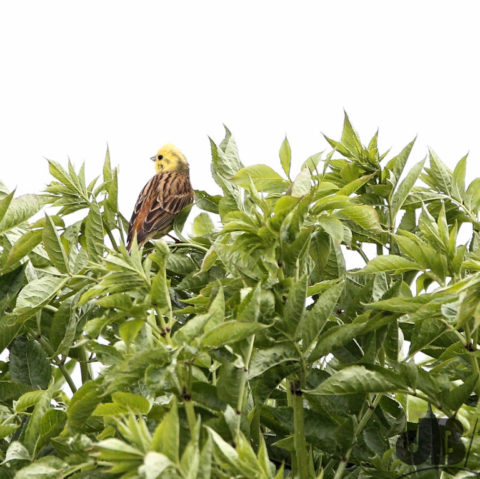 A couple of Corn Buntings perched on overhead wires allowed me to get fairly close to photograph them before flying off into the wheat fields.
A couple of Corn Buntings perched on overhead wires allowed me to get fairly close to photograph them before flying off into the wheat fields.